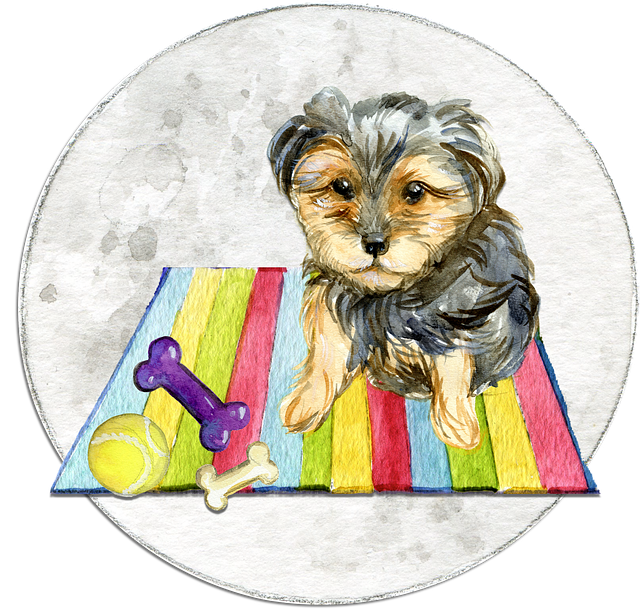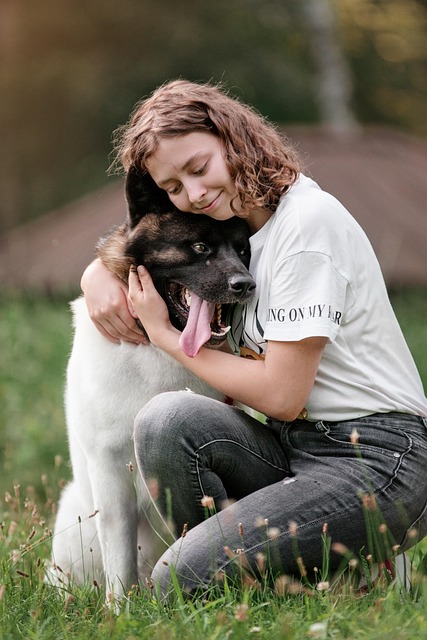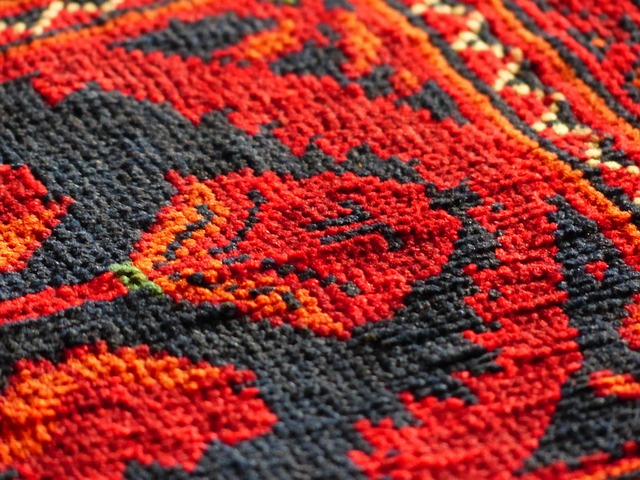Understanding pet stain types (urine, faeces, mud) and causes is crucial for effective removal. Swift action involves blotting, rinsing with cold water, and using carpet stain removers. Natural solutions like vinegar, baking soda, or hydrogen peroxide can also help. DIY methods are suitable for minor stains, while professionals are recommended for severe cases. Deep-seated stains require blotting, mild soap, or professional equipment. Prevention through regular vacuuming, designated pet spaces, and mats maintains carpet cleanliness.
Carpets are a cozy addition to any home, but they can quickly become a challenge with pet stains. Understanding these stains and knowing how to treat them effectively is crucial for maintaining a clean and welcoming space. This guide delves into the world of pet stain removal, offering insights on various types, immediate actions, cleaning solutions, and prevention strategies. Learn the best DIY techniques and when to seek professional help, ensuring your carpets stay spotless despite furry friends. Discover how to remove pet stains from carpet with our comprehensive step-by-step approach.
Understanding Pet Stains: Types and Causes

Pet stains on carpets can be a common concern for many homeowners, but understanding their types and causes is the first step in effective removal. These stains often result from various activities and accidents involving pets, such as urine, faeces, or even tracked-in mud and dirt. Each type of stain has its own unique composition and treatment requirements. For instance, pet urine stains can cause deeper discolouration due to their acidic nature, while faecal matter may leave a strong odour that requires specific enzymes to break down.
Knowing the source is crucial when it comes to how to remove pet stains from carpet. Accidental spills can be treated with various home remedies or commercial products designed for stain removal. However, pet urine, especially if left untreated, might require professional cleaning techniques and special solutions to prevent odour and discolouration from setting in permanently. Effective treatment involves identifying the type of stain and using the appropriate method to ensure a clean and fresh carpet.
Immediate Action: What to Do After an Accidental Spill

When your pet has an accident on the carpet, immediate action is key to effectively removing stains. The first step is to act swiftly – don’t let the stain set in. Blot the spill with a clean, absorbent cloth or paper towel to soak up as much of the liquid as possible. Avoid rubbing, as this can push the stain deeper into the fibers. Once you’ve removed as much of the liquid as you can, gently rinse the area with cold water.
Next, apply a carpet stain remover suitable for pets. Many commercial products are designed specifically to tackle pet messes and break down organic stains. Follow the instructions on the product label carefully. If the stain persists, try using a mixture of equal parts white vinegar and warm water. Vinegar is a natural disinfectant and can help lift the stain while also neutralizing any odors.
Common Cleaning Solutions for Carpet Pet Stain Treatment

When it comes to tackling pet stains on carpets, there are several common cleaning solutions that can help you achieve a fresh and clean look. One of the simplest and most effective methods is using white vinegar. Its natural acetic acid properties act as a mild disinfectant and aid in breaking down organic compounds responsible for the stain. Simply mix equal parts white vinegar and warm water, then gently apply the solution to the stained area with a soft cloth or sponge.
Another popular choice is baking soda, known for its absorbent qualities. Create a paste by mixing baking soda with a small amount of water, and apply it to the stain. Let it sit for about 15 minutes before gently scrubbing with a toothbrush or cleaning brush. The baking soda will help lift the stain and freshen the carpet’s fibers. For tougher stains, hydrogen peroxide can be a game-changer. It’s a mild oxidizer that can break down pet messes effectively. Apply it directly to the stain, wait a few moments, then blot dry with a clean cloth to avoid any potential dye transfer.
DIY vs Professional: When to Opt for Each

When it comes to treating pet stains on carpets, there are two main options: DIY (do-it-yourself) methods or hiring professional carpet cleaning services. For minor stains, many homeowners opt for DIY solutions as they are cost-effective and readily available. Common DIY techniques involve using white vinegar, baking soda, or commercial stain removal products. These methods often require creating a paste or solution, applying it to the stain, and then gently rubbing before vacuuming. Online tutorials provide step-by-step guides on how to remove pet stains from carpet using these simple ingredients.
However, for more severe cases or deeper-set stains, professional intervention is recommended. Professional carpet cleaners have access to specialized equipment and powerful cleaning solutions that are safe for both carpets and pets. They use advanced techniques like hot water extraction, which effectively removes deep-seated dirt and odors. Additionally, professionals can handle larger areas of damage or stains caused by multiple pet accidents, ensuring a thorough clean. When considering how to remove pet stains from carpet, it’s crucial to evaluate the extent of the damage and decide between DIY approaches and professional services for optimal results.
Effective Methods for Removing Deep-Seated Stains

Removing deep-seated pet stains from carpets requires a strategic approach. Begin by acting quickly; the faster you address the stain, the better your chances of complete removal. Blot the area with clean, white cloths or paper towels to absorb as much of the liquid as possible, being careful not to spread the stain further.
For tougher stains, mix a solution of mild dish soap and warm water, then gently rub the mixture into the fibers using a soft-bristled brush or an old toothbrush. Rinse thoroughly with clean, damp cloth and repeat until the stain dissipates. Enlisting the help of professional carpet cleaners is another effective method for deeply ingrained stains, as they have access to powerful cleaning equipment designed to penetrate and remove stubborn pet messes from your carpets.
Prevention Strategies: Keeping Your Carpets Spotless

Preventing pet stains is often easier and less time-consuming than cleaning them up later. Regular vacuuming is a fundamental first step; it helps to remove loose hair, dander, and any visible debris before they settle into the fibers of your carpet. Target areas where your pets spend the most time, as these are likely to accumulate more dirt and odors.
Additionally, training your pets to use designated areas for their needs can significantly reduce staining. Pet-friendly floor coverings or mats in high-traffic zones can act as a barrier between your carpets and potential messes. How to remove pet stains from carpet is not just about cleaning up accidents; it’s also about maintaining a proactive approach to keep your carpets spotless and prolong their lifespan.
